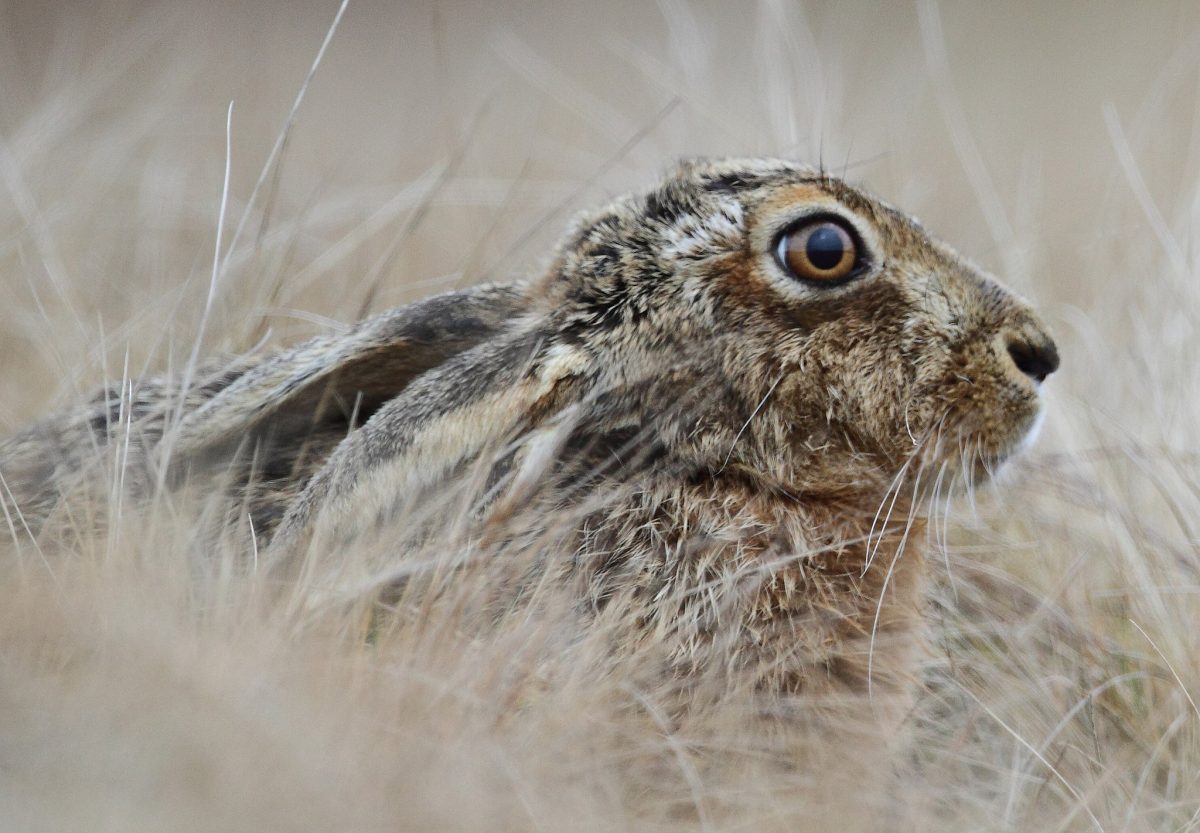By Robin Owain, Wales Programme Manager at Wikimedia UK
This year Wales took part in the international photography competition ‘Wiki Loves Earth’ organised by the Wikimedia movement. Founded 9 years ago as a focus for nature heritage, the competition raises awareness of protected species and sites globally.
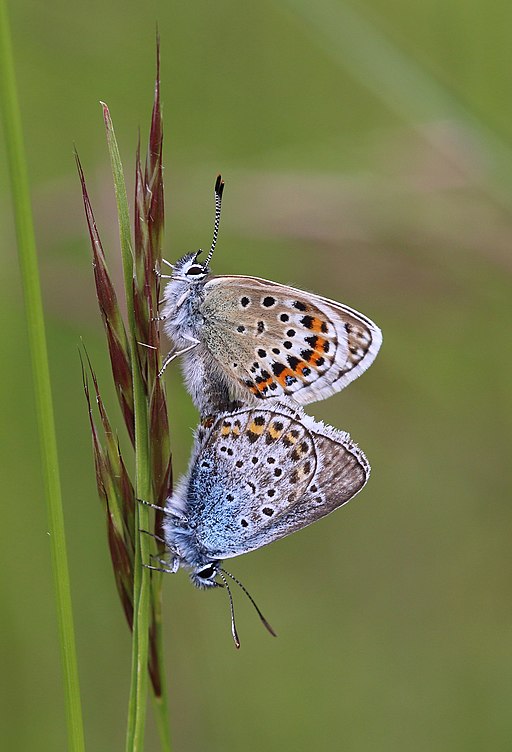
Wikimedia UK and the National Library of Wales coordinated the WikiLovesEarth, Wales, a project, which saw 1,888 new images uploaded to Commons from National Parks, Sites of Special Scientific Interest, Sites of Outstanding Natural Beauty and other protected areas in Wales. This was done in partnership with a number of large organizations including Natural Resources Wales, Pembrokeshire and Snowdonia National Park, the Welsh Mountaineering Club, Edward Llwyd nature society, WiciMon and others.
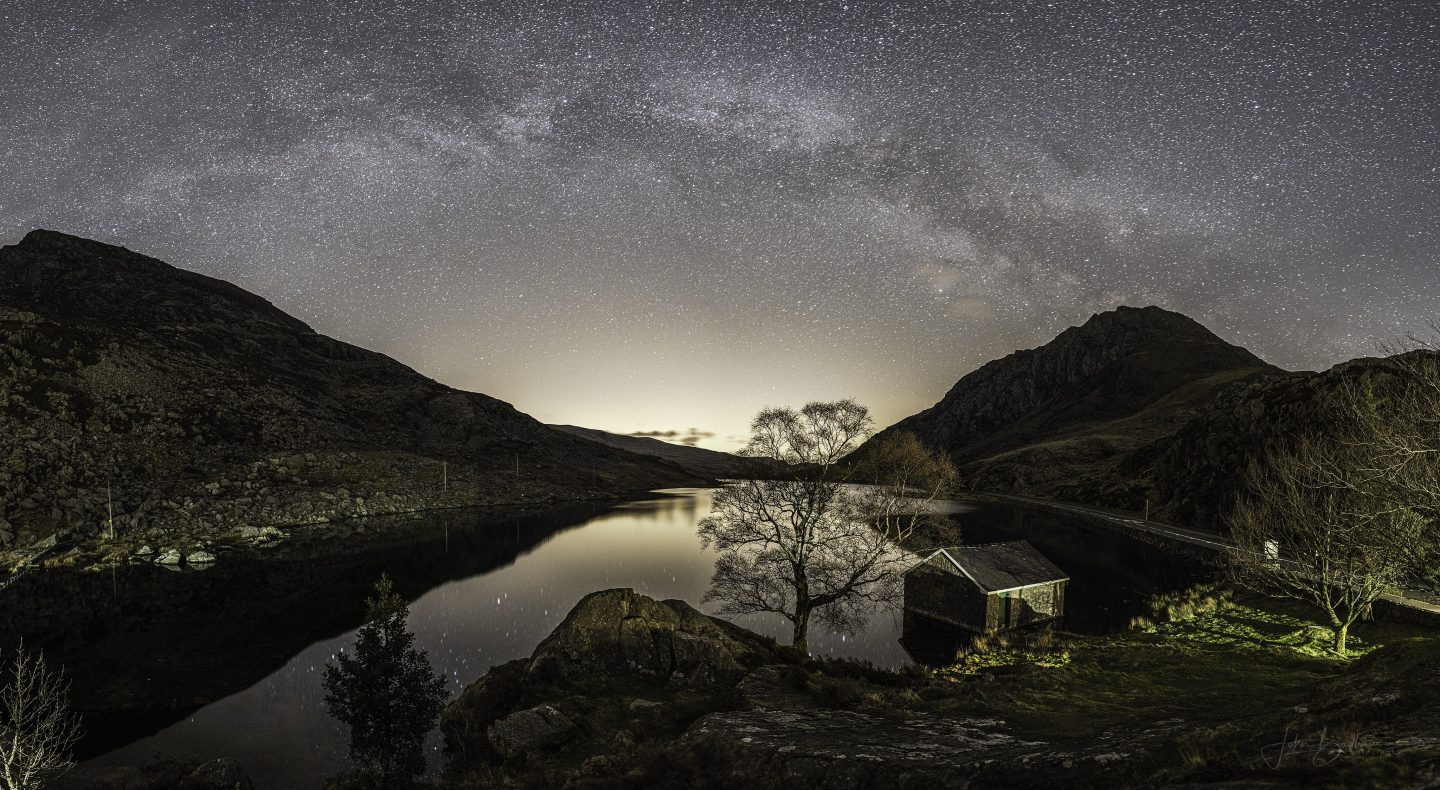
Iestyn Hughes, one of the judges from Wales said, “It was a pleasure to see such an enthusiastic response to this competition from so many photographers. The top ten images edged ahead in a field of some two thousand entries, and display both excellent technical quality and empathy with their subject matter.”
Our second Judge, Wildlife Photographer and Author Jean Nappier, said “The standard of the images was very high especially the wildlife images of the seabirds”
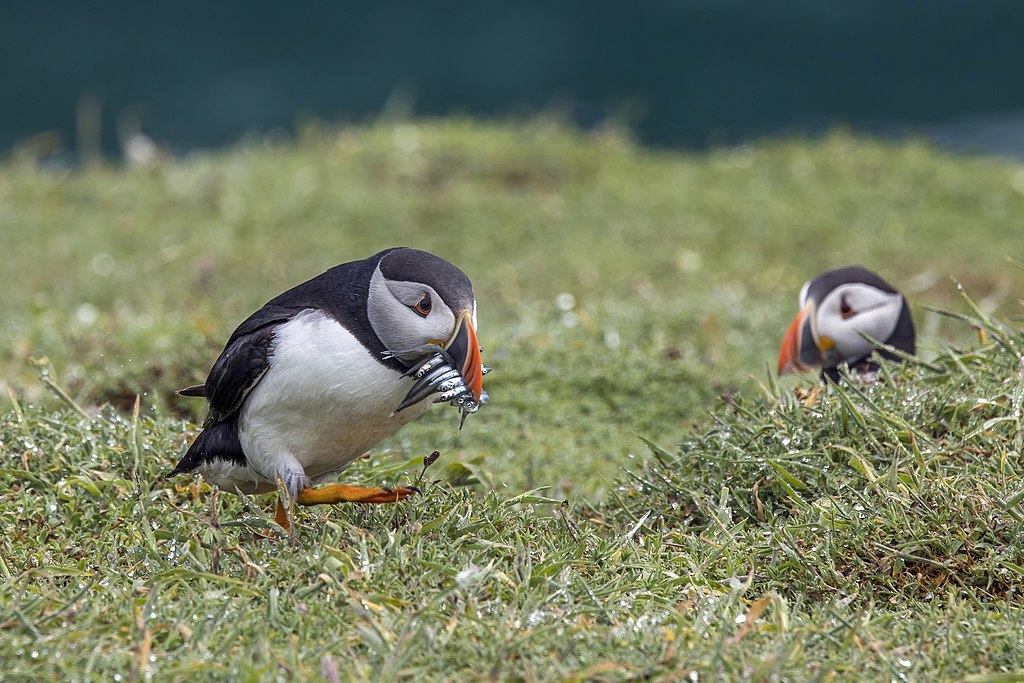
With 1,888 images taken, Wales is in the 7th position (out of 33 competing countries, just in front of Sweden, Italy and Spain); the percentage of images used on Wikipedia, to date, is also one of the highest in the competition, at 17%, with 38 uploaders (photographers) competing. The number of uploaders registered after the competition start was slightly lower than the norm, at 68%. In the last couple of months, the 323 images used on Wikipedia articles have been viewed 1.3 million times!
Jason Evans, National Wikimedian said that “The National Library of Wales was thrilled to co-host this years Wiki Loves Earth Wales contest, along with our partners Wikimedia UK as part of our wide and varied digital outreach programme. The level of engagement and the standard of photography was fantastic to see and the winning images are a testament to our rich and diverse natural environment.”
The winning photo from Wales is of a protected species, a brown hare, by Alun Williams, himself a very keen ornithologist and naturalist, and a member of Llen Natur. Wikimedia UK has worked closely with Llen Natur over the last 6 years. Williams, who also took the photo which came 2nd, is a retired headteacher from Llanrwst.
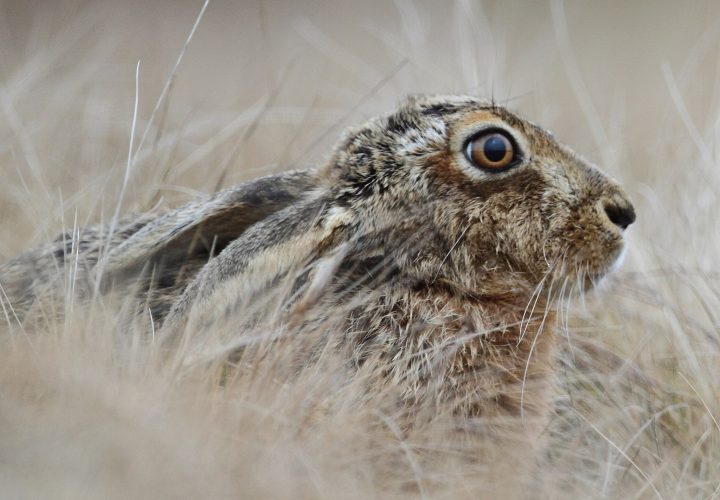
Robin Owain, Wikimedia UK Manager (Wales) was very pleasantly surprised by the quality of the images saying “the quality is surprisingly good and helps us record of the state of play for some of the protected species in Wales. Working on a global level in this way we can highlight our concerns about the effect of global warming, and celebrate the work done to preserve these species and habitats with our partners.”
You can view the 10 wonderful Welsh winning images here.
WLE Wales Website on Commons here.
View the stats from the competition here.






